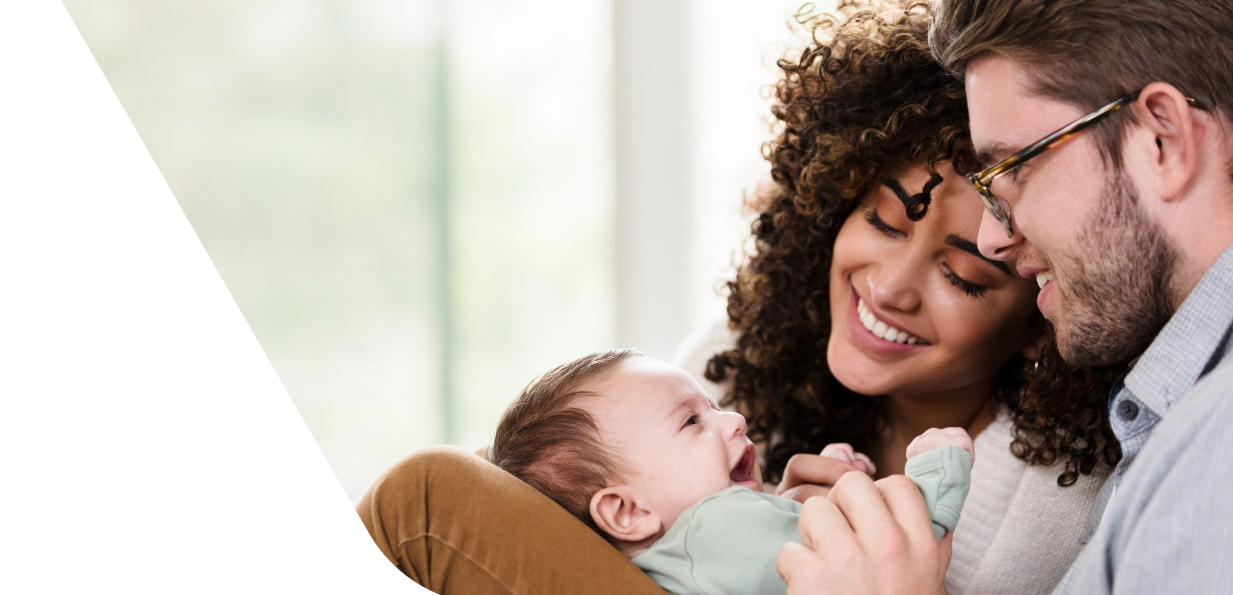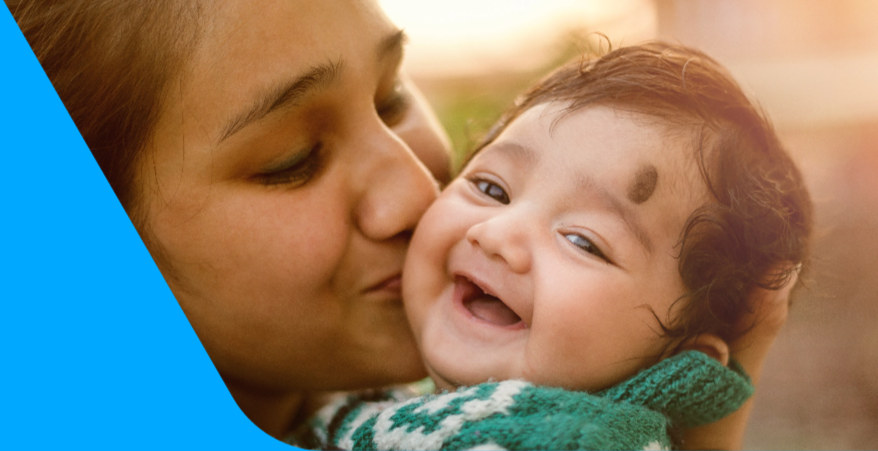While there may be additional specialized equipment used to care for your baby in the NICU, this following list should give you a general understanding of some of the machines you may see.
- Bililights/Bili Blanket
- Endotracheal Tube
- Heart Monitor
- Incubator
- Nasal Prongs
- Oxygen Hood
- Pulse Oximeter
- Respirator (Ventilator)
- Suction Catheter
- Warmer
Bililights or Bili Blanket
Babies with jaundice are frequently treated by a process called phototherapy. This is done by placing your baby under special bright lights called bililights or by placing your baby on a special bili blanket.
The fluorescent lights are placed over your baby's incubator, whereas the blanket is placed directly under the baby's trunk. A mask or eye patch will be placed over your baby's eyes to assure her comfort and prevent any potential damage from the lights.
The blue light waves from the bililights change the molecular structure of the bilirubin, which allows it to be excreted from your baby's body. If your baby is under phototherapy, she'll be without clothing so as much skin as possible can be exposed to the light. Don't worry, her skin won't burn or be damaged in any way.
While undergoing phototherapy, your baby's bowel movements may be frequent, loose, and may even be greenish in colour. Babies also tend to sleep a lot while being treated for jaundice, waking only for feedings.
Phototherapy will be continued, usually for three to seven days, until the bilirubin in your baby's blood is reduced to an appropriate level.
Endotracheal Tube
An endotracheal tube is a very small, slender tube which is passed through a baby's nose or mouth, past the vocal cords, and down into the trachea (windpipe). This process may be referred to as intubation.
The tube is attached to a machine (a respirator or ventilator) that pumps air into the lungs, under a controlled pressure, to assist in breathing.
Heart Monitor
A heart monitor is the machine used to monitor your baby for signs of apnea and bradycardia
Small adhesive monitoring pads, referred to as electrodes or patches, are placed on a baby's skin to detect chest movements as she breathes and to pick up the impulses of her heartbeat.
Wires attached to the pads transmit this information to the heart monitor machine next to the baby's bed. If the baby's vital signs become abnormal, an alarm will sound, which alerts the NICU staff.
Incubator
An incubator is a heated plastic box that you can see through. It provides a controlled-temperature environment, which helps to keep your baby warm and her body at the correct temperature. As your baby's body varies in temperature, heat may be increased or decreased appropriately.
Nasal Prongs
Nasal prongs are used to help your baby breathe during a treatment called Continuous Positive Airway Pressure (CPAP). Through this procedure, pressurized air is delivered to your baby's lungs through small tubes placed inside your baby's nostrils. The tubes provide a steady stream of oxygen. The oxygen may also be delivered at a steady pressure through an endotracheal tube if necessary.
Oxygen Hood
An oxygen hood is used for babies who can breathe on their own but still need extra oxygen. Oxygen can be piped directly into the baby's incubator. However, if high or precisely-measured doses of oxygen are required, a plastic box or dome called an oxygen hood, is placed over the baby's head.
Warm, moist, oxygenated air flows into the hood. An oxygen analyzer, placed beside the baby's head, double-checks the amount of oxygen she is receiving.
Pulse Oximeter
A pulse oximeter is a portable device that non-invasively monitors and determines a baby's arterial blood oxygen saturation and pulse. It provides a quick and painless method of estimating oxygen delivery to your baby's body tissues. The sensor is usually placed on an extremity, such as your baby's finger or the bottom of her foot.
Respirator (Ventilator)
A baby who is having frequent spells of apnea, or is too weak to breathe well on her own, is usually intubated and her endotracheal tube is attached to a respirator. Also referred to as a ventilator, this machine does her breathing for her until she can do it on her own.
The respirator performs several functions:
- It delivers a measured amount of oxygen to the baby's lungs.
- It provides constant baseline pressure to keep the lungs open.
- It inhales for the baby at regular intervals by pushing in additional air at a higher pressure.
The oxygen content of the air, the volume or pressure, and the number of breaths per minute the baby receives can all be adjusted to her needs. The respirator can even be set so the baby triggers her own breaths each time she's ready to breathe.
The NICU staff can determine the baby's needs by observing the baby and by regularly measuring the oxygen, carbon dioxide, and acid levels in the baby's bloodstream.
Suction Catheter
A baby on a respirator cannot cough up the mucus that accumulates in her lungs. These secretions must be removed for her, and the NICU staff will probably use a process that includes percussion, vibration and suctioning.
Once the mucus has been loosened by percussion or vibration (there are a variety of methods for both), the baby's endotracheal tube is detached from the respirator. A suctioning tube (or catheter) is quickly inserted into the end of the endotracheal tube to vacuum up any secretions.
Warmer
A radiant warmer is a bed designed to try to keep your baby at the right temperature. It is similar to an incubator in its function, but is not enclosed entirely like a box. It is more like a bed with warmth being provided to your baby from a heat source above the bed.
However, as in an incubator, your baby will have a small device, which acts like a thermometer, taped to her body. The device signals for heat to be increased or decreased as needed for your baby.







